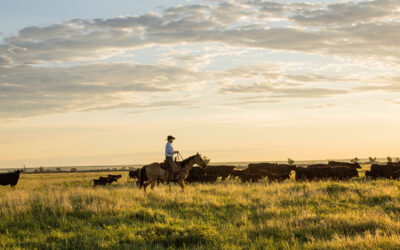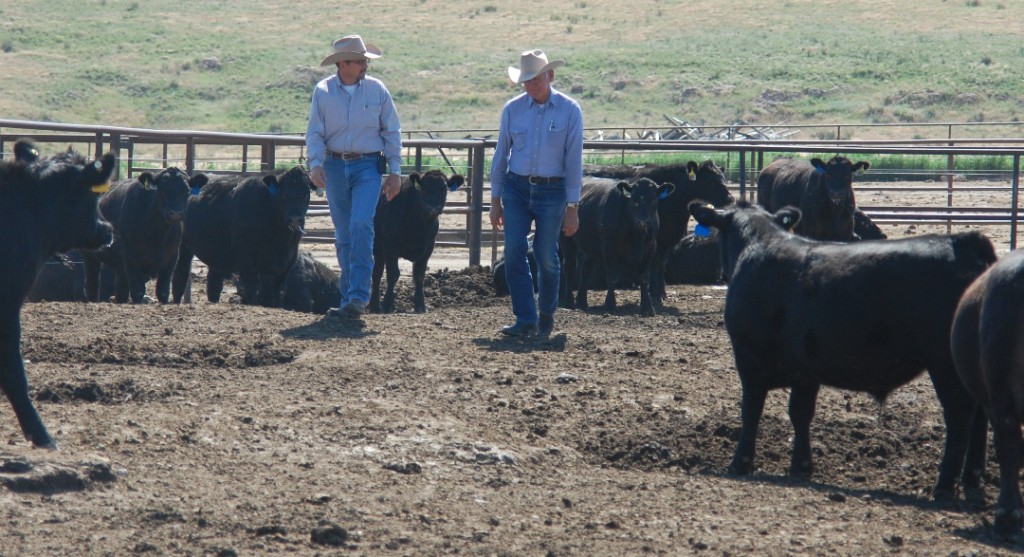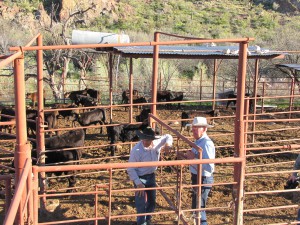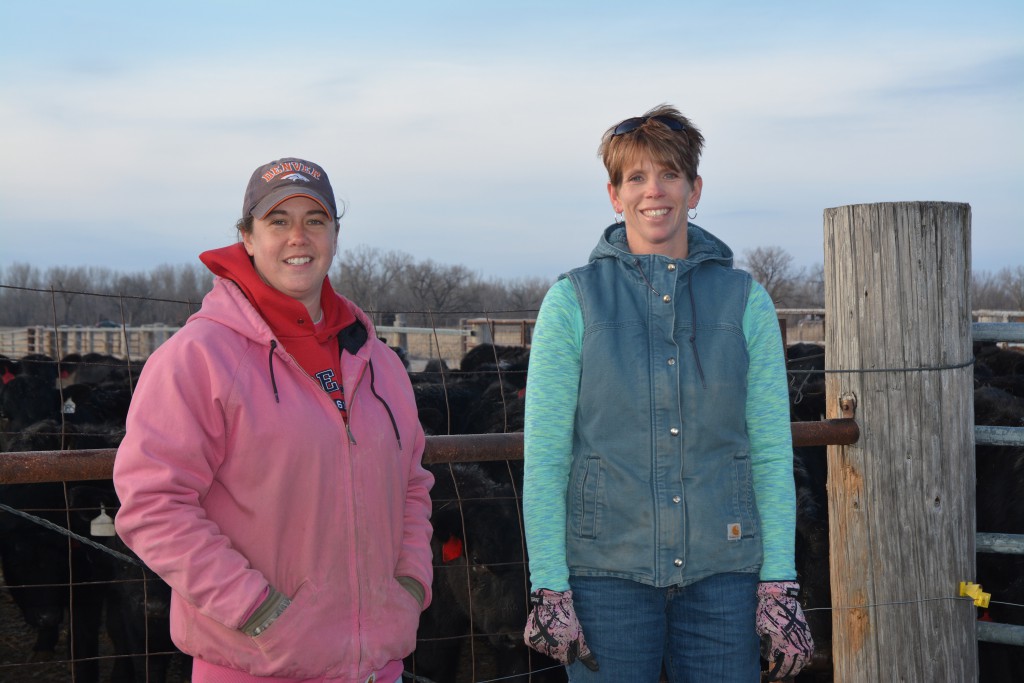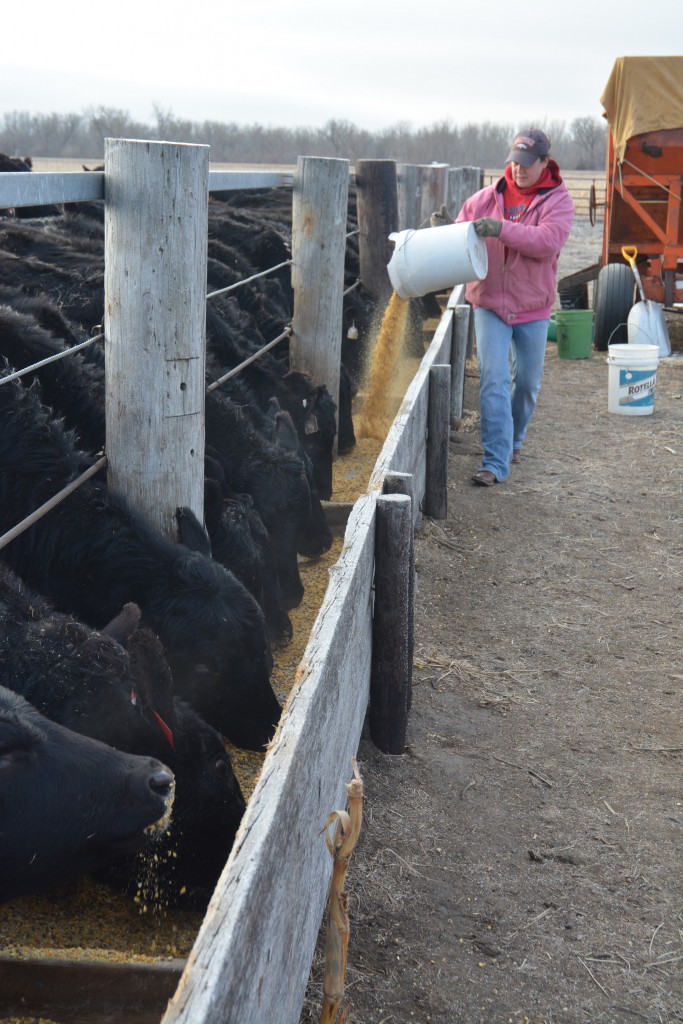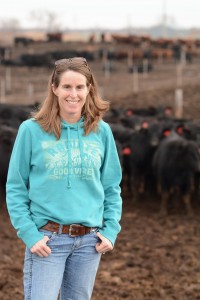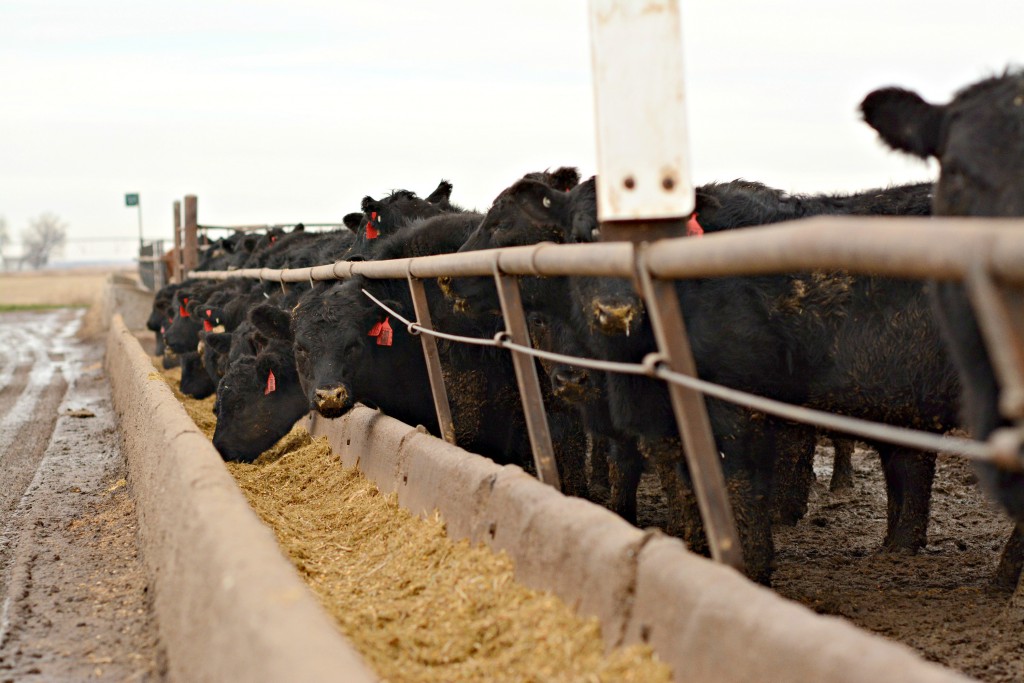
Following the calves: Proud to pass it on
“I don’t want to be the generation that screws it up.”
South Dakota rancher Troy Hadrick told me that as we discussed all the changes he’s seen in four years at the helm of his family’s commercial Angus herd.
“I marvel at what my grandfather was able to do coming through the Depression and keeping it together. I marvel at what my dad and uncle were able to do in the ’80s, keeping this place together,” he says.
I suspect he doesn’t have anything to worry about…but the stakes are high.
Troy and his wife Stacy want to be sure that if any of their three kids, Teigen (14), Olivia (11) and Reese (9), want to come back to ranch, that they have the opportunity.
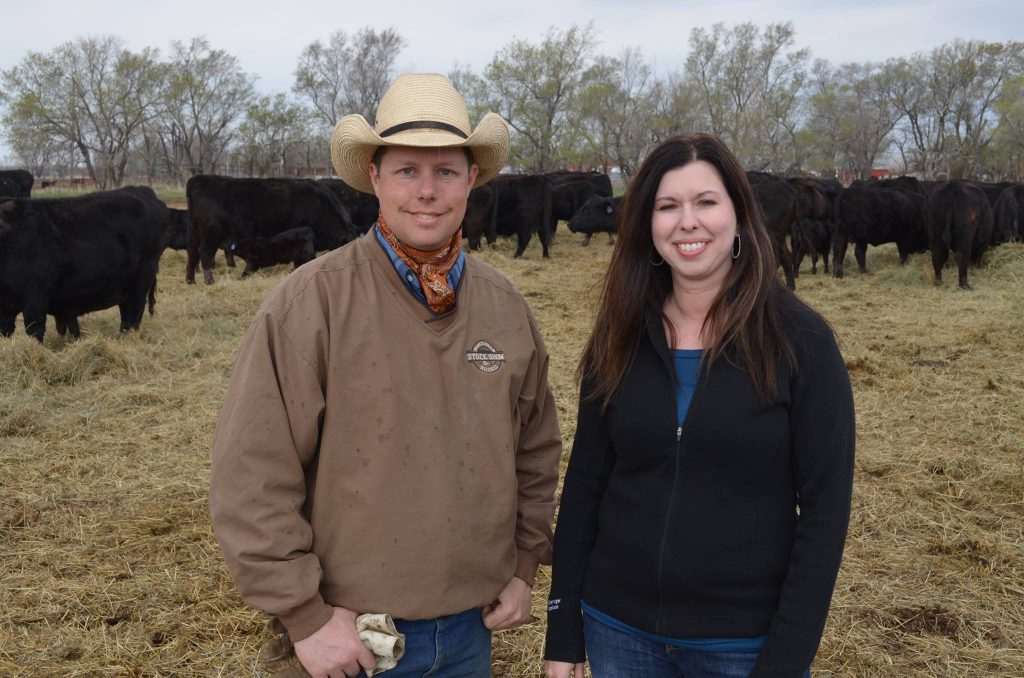
But taking over in 2012, he already felt behind.
“I was thinking at the time, ‘Okay, I’m in my late thirties. How many years do I have in this business and can I get my cowherd where I want to be in that amount of time?”
“It was overwhelming,” he recalls, but with the help of DNA technology, he did in four years what he thought might take a decade or more. For example, no Primes on the first report turned into 18% in the most recent data.
When Troy decided to try GeneMax, he went all in, testing both his steers (to get a gauge on how they might feed) and his heifers (to help pick replacements). Sending nice-looking heifers down the road took some getting used to.
“If I’m going to spend the money, then I’m going to believe the data until it proves me wrong,” the producer says, noting it would be of no use sitting in the file cabinet, while continuing on the same path. “I had to commit to using the data sets to improve the cows.”
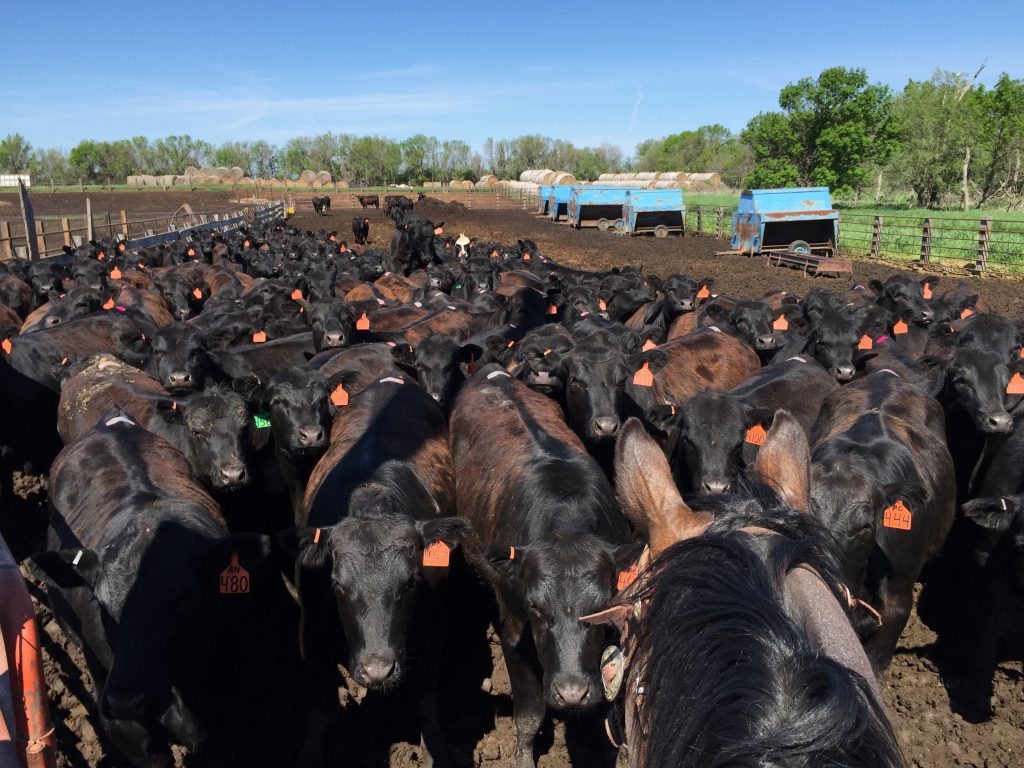
After three years, the results have matched up with individual carcass data he gets back from the feedyard and U.S. Premium Beef.
“The decisions are getting easier, because I’m not having to guess whether it would be a good idea to feed cattle or not,” Troy says. “I’m not guessing which heifers we should keep or which ones we should sell. Now we’ve got information that we can use to make a good decision.”
“You don’t have to go to bed at night worrying, panicking, did I make the right call?”
The March through May-born calves were weaned in late September. As they stepped up on a backgrounding ration, the relatively warm fall gave way to a cold spell as of late. They’re hoping for good weather as the 700-pound steer calves are about to make the journey to Irsik and Doll Feed Yard, Garden City, Kan., where Troy has retained ownership for four years.
“My job here is to make sure they’re good and healthy. My job is to make sure they know what a feed bunk is,” he says. “If they’re nice and warmed up, when they get down there, they can really go to work.”
That’s the plan: they’ll travel south, they’ll eat, they’ll break last year’s best. We’ll check back in, to see how that’s working and talk a little about the heifer calves, too, in our next installment. Stay tuned!
May your bottom line be filled with black ink,
Miranda
P.S.–To learn more about the Hadrick herd, check out on the first post on “Rapid change.”
—
We’re “Following the calves” across the country, too. Travel from Oklahoma to Montana in these introductory installments:
You may also like
Saskatchewan Angus Ranch Earns Certified Angus Beef Award
JPM Farms in Canada quietly gained recognition for its dedication to environmental sustainability and quality cattle. The Monvoisin family earned the 2023 CAB Canadian Commitment to Excellence award for their outstanding results and partnership with Duck Unlimited, showcasing their commitment to improving the land, cattle and family daily.
Everything They Have
Progress is a necessity on the Guide Rock, Nebraska, ranch where Troy Anderson manages a commercial Angus herd, small grower yard, his 10-year-old son, and a testing environment. Troy’s approach includes respect for his livestock, people and land. For that, Anderson Cattle was honored with the CAB 2023 Commercial Commitment to Excellence Award.
Showing Up, Every Day
Thirty-five thousand cattle may fill these pens, but it’s the Gabel family who set the tone for each day. Steve and Audrey persistently create a people-first culture, echoed by their son Case and daughter Christie, who work alongside them in the yard office. The Gabel’s drive to effectively hit the high-quality beef target earned Magnum Feedyard the CAB 2023 Feedyard Commitment to Excellence award.

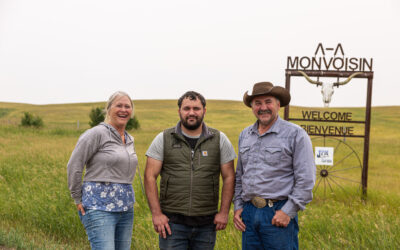

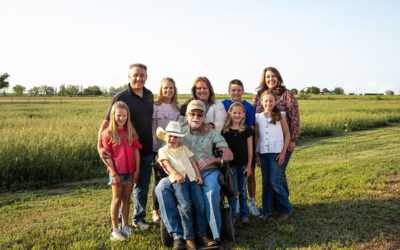
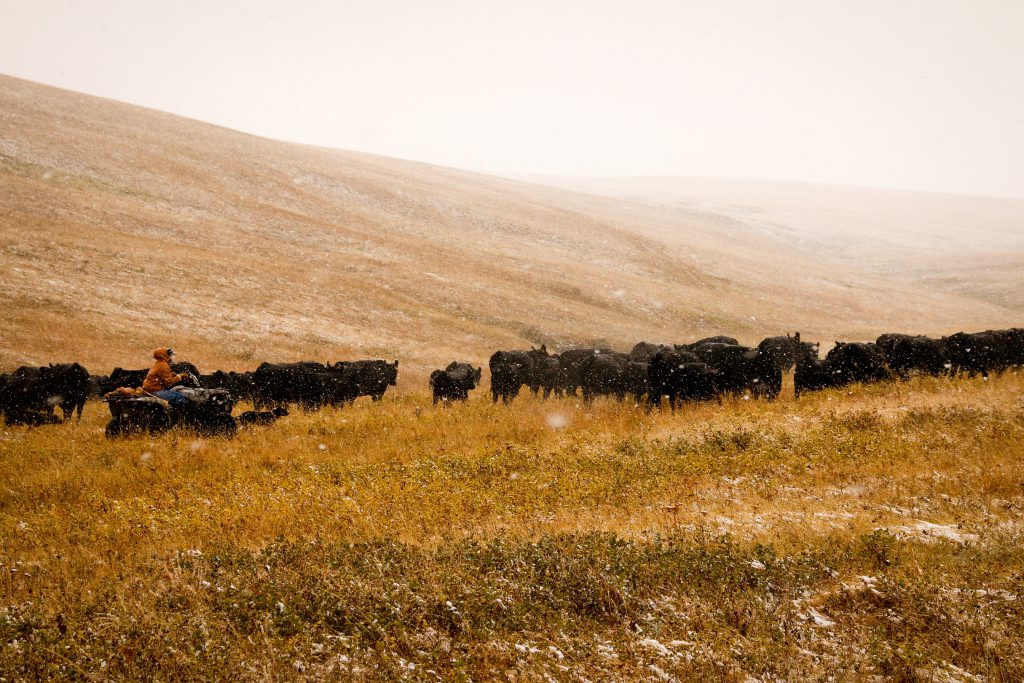
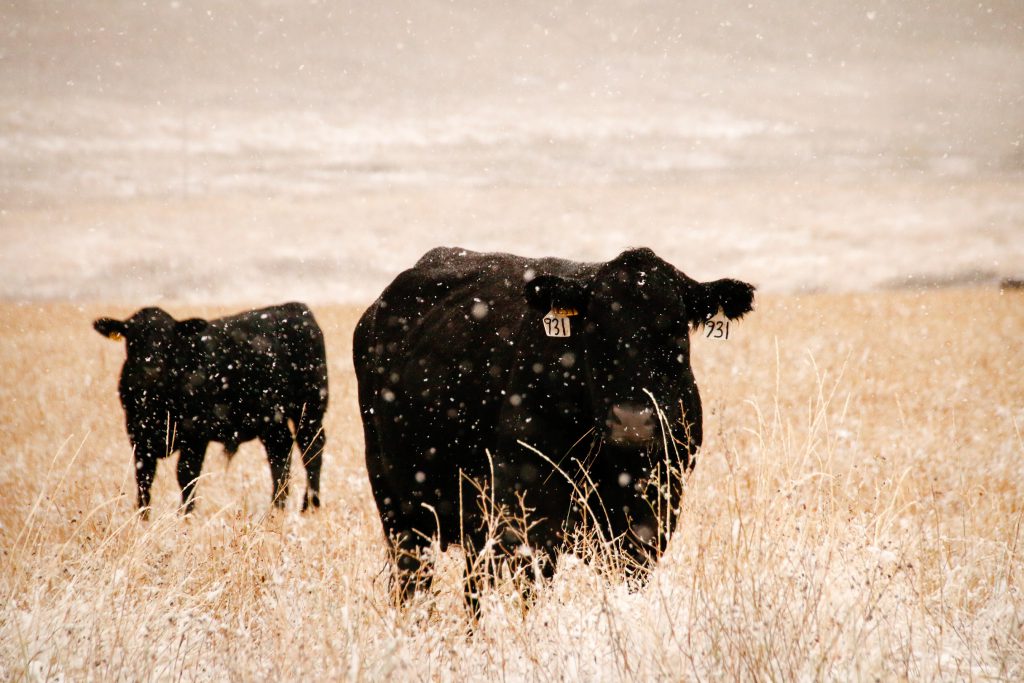
 Feedyard owner and manager Ryan Loseke provides feedback on animal health, performance and carcass data, with an information flow that goes both ways.
Feedyard owner and manager Ryan Loseke provides feedback on animal health, performance and carcass data, with an information flow that goes both ways.
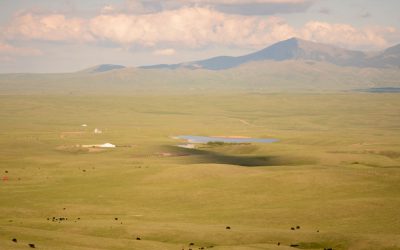
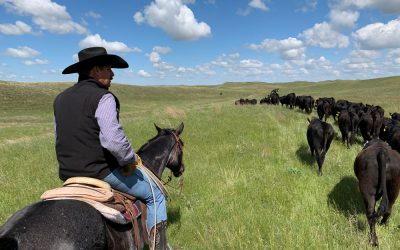



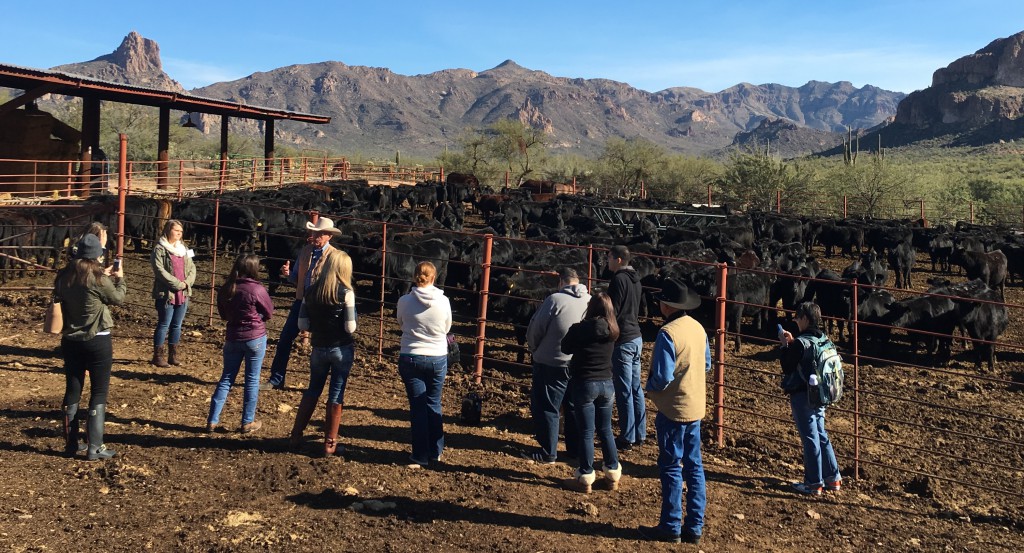


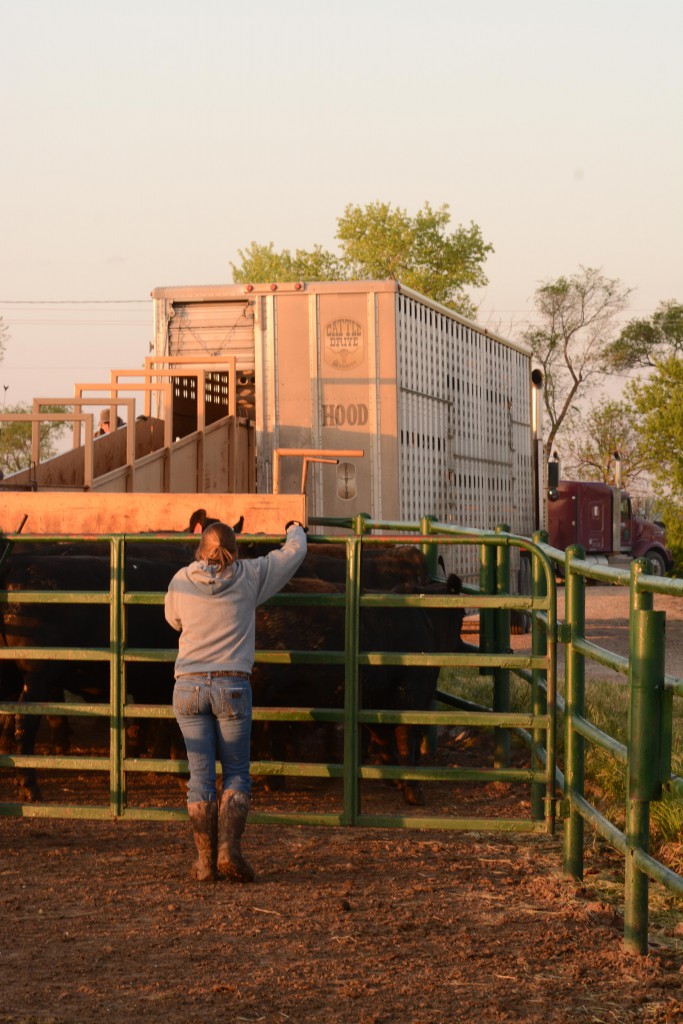
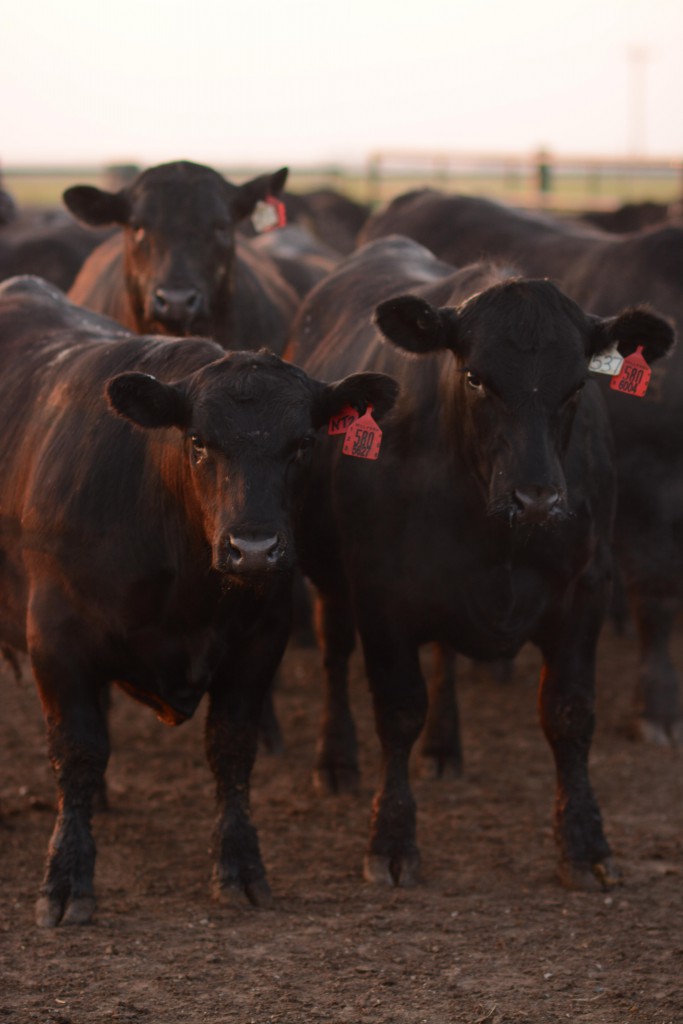



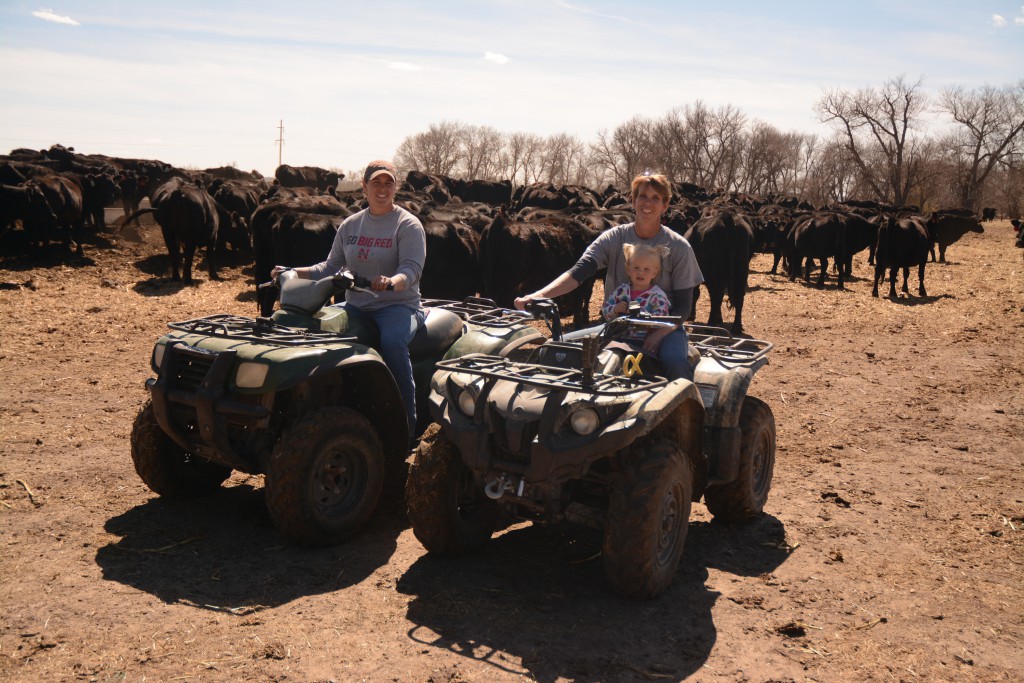



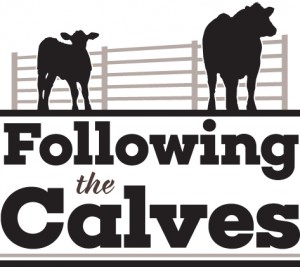 But last year was different as their 500 calves headed to Iowa instead, and avoided the cost of a detour in Kansas. Sure, they could do it again, but the New Year brought a new decision to go back to Kansas feed – and as you’ll remember,
But last year was different as their 500 calves headed to Iowa instead, and avoided the cost of a detour in Kansas. Sure, they could do it again, but the New Year brought a new decision to go back to Kansas feed – and as you’ll remember,  Then again the Griners are more opportunists than they are worriers. And when you combine those traits with the determination to succeed, you see outcomes that may never have existed had a risk-taker not been involved. But you also expose yourself to the possibility of greater failures of even greater magnitude.
Then again the Griners are more opportunists than they are worriers. And when you combine those traits with the determination to succeed, you see outcomes that may never have existed had a risk-taker not been involved. But you also expose yourself to the possibility of greater failures of even greater magnitude. The rancher will soon begin his lessons, as close to 100 heavies just left the feedyard for harvest. It’s a little earlier than his preferred April goal, but the big guys “have gotta go,” Jerry Bohn says.
The rancher will soon begin his lessons, as close to 100 heavies just left the feedyard for harvest. It’s a little earlier than his preferred April goal, but the big guys “have gotta go,” Jerry Bohn says.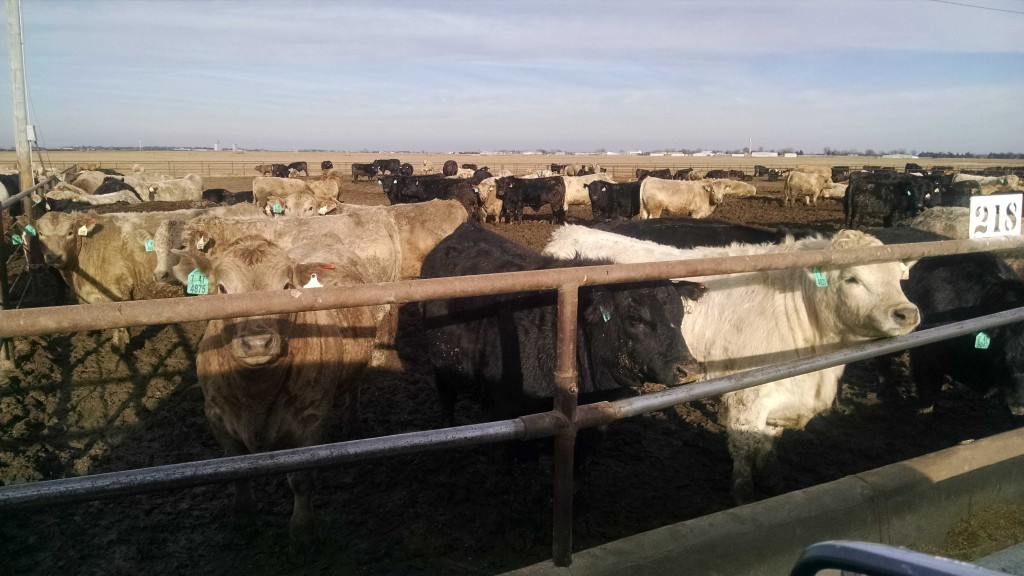 From the moment they arrived July 29 he and his team have kept a keen eye on the sunshine calves. Aside from wormer and vaccination, the steers took a Revalor-IS implant and another one 20 days later with a revaccination.
From the moment they arrived July 29 he and his team have kept a keen eye on the sunshine calves. Aside from wormer and vaccination, the steers took a Revalor-IS implant and another one 20 days later with a revaccination.